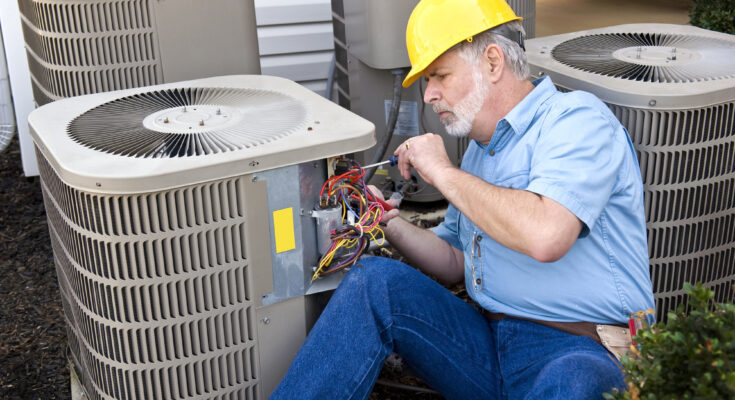First of all, FAR is abbreviated for federal Aviation Regulations and is divided into tens of thousands of separate sections. And FAR part 135 regulates commercial, non-scheduled aircraft operations, including private air charter and air taxi flights. The operations under this particular part need to work within a more strict and detailed operational and legal framework. FAA further classifies this part into four different copes and which one an individual can have an impact on cancelations, delays, and diversions. Here this article informs everything about different types of operations under FAA Part 135.
Single Pilot
A single pilot is a certified operator restricted to using only one pilot for all part 135 operations. This pilot is listed on the FAA-issued Operations Specification by his name and certificate number. FAA doesn’t authorize using the pilot other than a single pilot. In general, there is no need for the single-pilot operator to develop and maintain training programs or manuals or designate a chief Pilot, Director of Operations, or Director of Maintenance.
However, the regulations require the single pilot to designate the management officials responsible for operation control and providing a hazardous Materials (HazMat) training program.
Single Pilot in Command
A single Pilot in Command (PIC) is a certified operator restricted to use only one PIC and at most three Second in Command (SIC) pilots for all operations under the respective part. The name and certificate number are used to list both PIC and SIC. Furthermore, single PIC certificate holders are limited to use the size of aircraft and scope of operations allowed by the FAA, which includes- certified aircraft with nine passenger seats or less.
Basic Operator
The operation of a certified primary operator is limited in the size and scope of its operations. For instance, their limitations comprise- a maximum of five pilots (including SICs), a maximum of five aircraft restricted to those having nine passenger seats or less, no category II or III instrument operations, and more. Furthermore, basic operators must develop and maintain training programs and manuals and have the required management positions.
Standard Operator
A certified standard operator doesn’t have any pre-specified limitations on the available size or scope of their operations. It is a must for the applicant to apply, qualify, and be granted FAA authorization for conducting each type of desired operation. In addition to this, standard operators need to develop and maintain training programs and manuals and have the required management positions.
Conclusion
The operation requirements of part 135 are considerably different and more stringent compared to Part 91. Therefore, it’s better to know all these requirements and different types of operators when owning an aircraft and using it for commercial use. For instance, with standard, essential, and single-pilot, a limited number of pilots can be employed, so if a pilot gets sick, it can be challenging to handle the aircraft operations. Moreover, this specific part requires strict pilot duty time limitations, pilot background checks, drug and alcohol tests, and other safety requirements to operate and maintain the aircraft.




